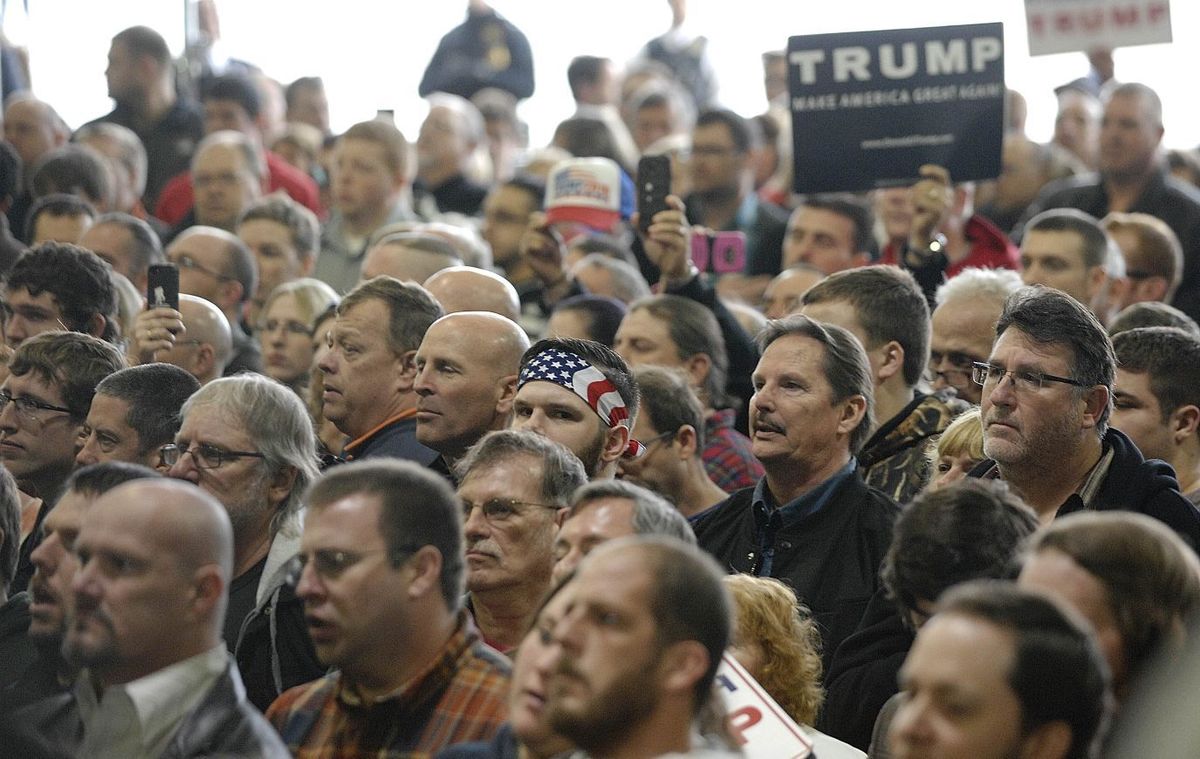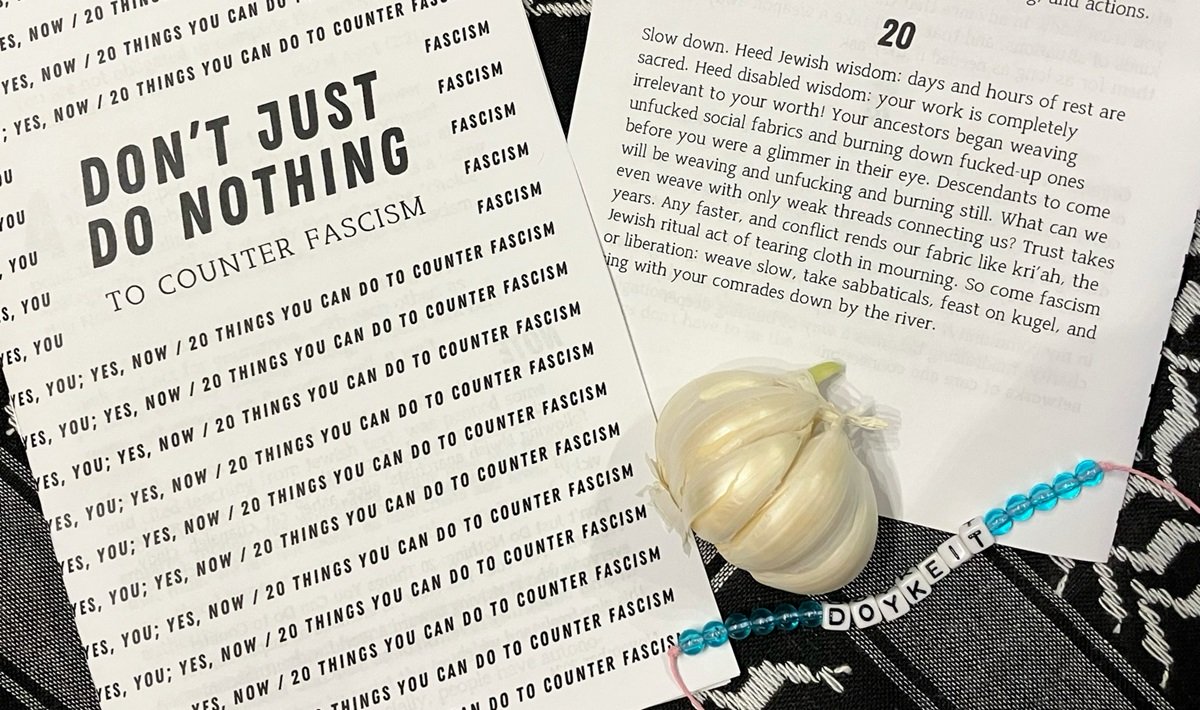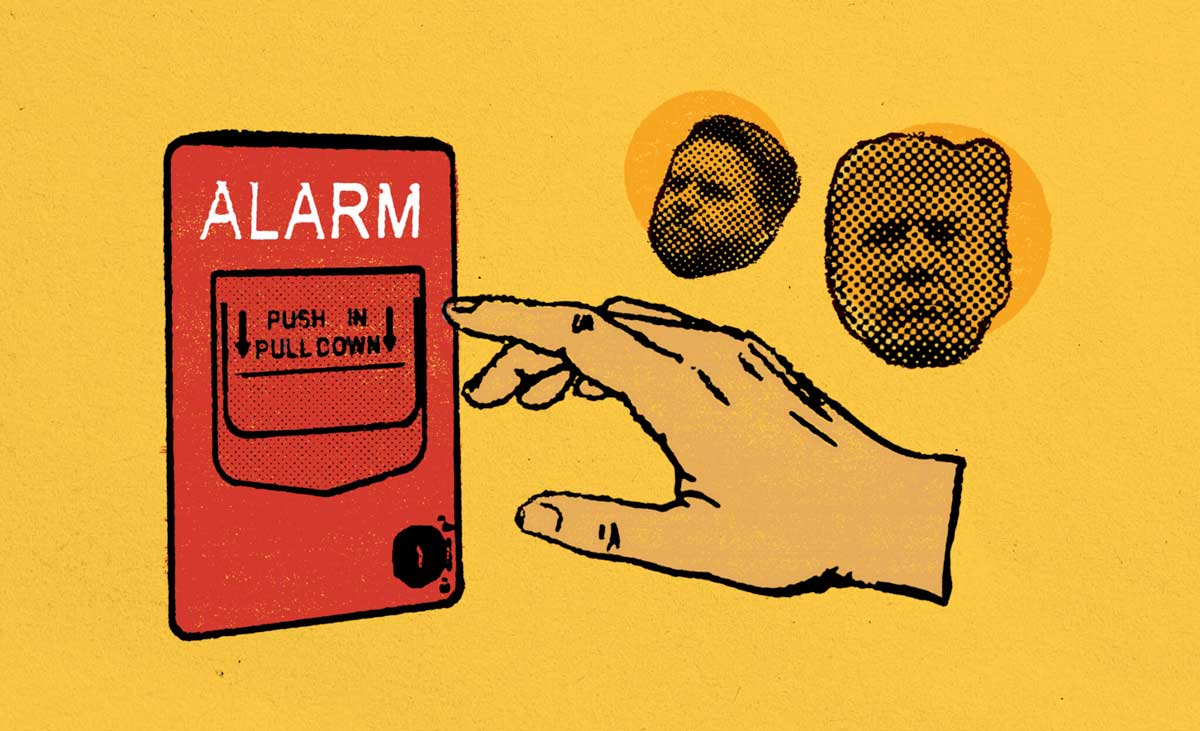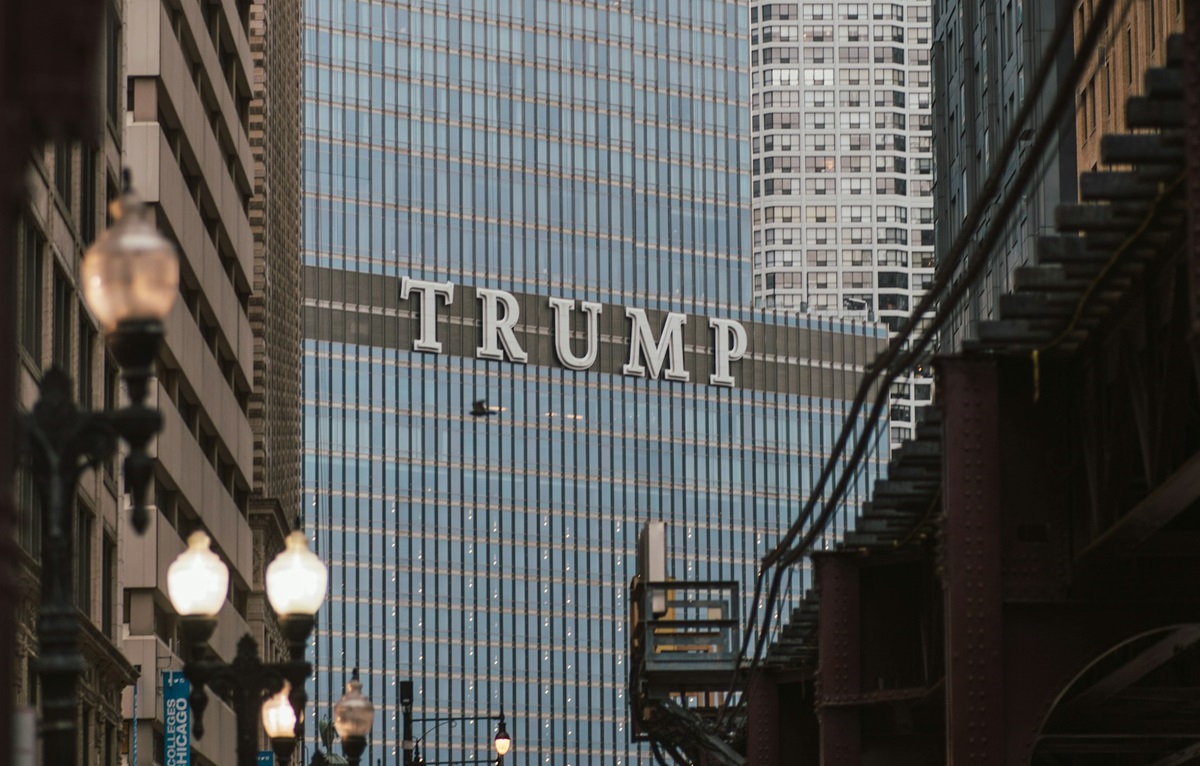Filed under: Analysis, Capitalism, The State, US, White Supremacy

From Unity and Struggle
The following series of brief posts attempts to understand the rise of Donald Trump, particularly in the context of capitalist crisis and the emerging power of the populist and far right. Part one is posted below. Part two and three will follow over the next couple of weeks.
*****
The crisis consists precisely in the fact that the old is dying and the new
cannot be born; in this interregnum a great variety of morbid symptoms
appear.
– Antonio Gramsci, Prison Notebooks
The election of Donald Trump––despite his losing the popular vote––has come as a shock to many Americans. While most recognized that the campaign had tightened after the intervention of the FBI, it was assumed that Clinton would edge out Trump on election day. But even if the Democratic Party had narrowly won the presidential election, it would have told us nothing about the development of mass rightwing populism and white nationalism in the U.S. This force represents both an immediate threat and a long-term strategic challenge to those of us seeking liberation. How can we understand what has happened? And what can be done?
Capitalist Crisis and the Rise of Trump
Trump’s rise is a consequence of the ongoing and deepening crisis of global capitalism. Since the 1970s capital has faced the problem of falling profits, and the resulting crises have made it difficult for the political and economic order to reproduce itself in a reliable way. For decades capitalists confronted this problem by cutting costs, especially the cost of labor power: slashing wages, benefits, health care, education, and housing. In the former Third World this entailed gutting the developmentalist regimes that took power after decolonization. In the capitalist core (like the U.S. and Europe) it required dismantling social democracy.
Throughout the 1980s and 1990s, capital sought to remove any roadblocks to profitability, starting with institutions such as unions and labor parties, and the rights won through a century of worker, civil rights, women, and queer struggles. The great concentrations of industry and proletarian power were broken apart through globalization. Labor parties and nationalist governments were incorporated into the management of capital, and made partners in exploitation. In many countries, new technocratic politicians and managers came to control national governments, state bureaucracies, and major institutions like schools. This was the “neoliberal” elite.
The neoliberals operated on a consensus that cut across the political spectrum: the economy would only be sustained through capitalist globalization abroad and austerity at home. In the capitalist core, this meant abandoning sections of the working class that had previously enjoyed some political representation and economic benefits, largely through the inclusion of unions and social democratic voting blocs. The elites carrying out this program united former “progressives” alongside conservatives. Bill Clinton––who signed NAFTA in 1993, expanded mass incarceration in 1994, and gutted welfare in 1996––is a great example.
The 24th G8 summit in 1998 included U.S. President Bill Clinton, UK Prime Minister Tony Blair, French President Jacques Chirac, Russian President Boris Yeltsen, and Canadian Prime Minister Jean Chretien, among others.
Even this recomposition of the working class and capitalism could not solve the crisis, which continued to appear in speculative bubbles and stalling GDP growth. Now with the onset of the Great Recession in 2008, capital is again being forced to transform and drive down the cost of labor power. This time, however, the crisis is eroding the legitimacy of the neoliberal elite, and unleashing new struggles of proletarians, and downwardly-mobile middle class people, on a scale unseen since the 1960s.
The technocrats who came to power in the 1980s-90s have no answer to the crisis except redoubled austerity and expanded police powers. Set adrift, they have been threatened or swept aside in many core capitalist countries. Centrist parties have been displaced by new left wing coalitions that promise to restore social democracy, such as Syriza in Greece, Podemos in Spain, and the Corbynite take over of the Labor Party in Britain. But even in power, these leftist parties are helpless to address the structural malaise of capital. Unable to redistribute profits that are shrinking or nonexistent, yet equally unwilling to abolish the wage system and the state, they have thus far failed to deliver. Movements in the former Third World have similarly run aground, with the recession of the “pink tide” governments in Latin America and the defeat of the Arab Spring uprisings in the Middle East.
When existing elites are delegitimized and left movements reach their limits and dissolve, a vacuum appears. For Gramsci, this was an impasse in which “the old is dying and the new cannot be born.” That vacuum can be filled by nationalist and far right movements and parties, of which Trump is the latest expression.
Nationalist and far right movements thrive by proposing their own solutions to the ongoing disintegration of the political and economic system. Often they seek to restore a “natural” order that they believe existed in the past, in which labor and capital shared in the national wealth. They blame traditional elites for undermining this order, along with stigmatized groups who they believe have gained privileges with the tacit support of the elite. They seek out internal and external enemies to the nation, and appeal to masculinist attitudes and violence as a way to regenerate the humiliated, victimized self. In the capitalist core, far right movements displace their fallen status onto foreign countries, immigrants, non-white people, women, and the gender nonconforming.
Although nationalists and the far right resent the capitalist elite, they have historically formed alliances with them when possible and necessary. In turn, some capitalists view the far right as a necessary evil––and even, at times, an opportunity. Often a dance of mutual repulsion and attraction develops between the two, in which each alternately confronts and accommodates the other while attacking their chosen enemies. In the U.S, right wing movements target enemies of the nation, and their democratic rights, in the name of “real” citizens, sometimes understood as the white middle and working classes. But these attacks ultimately undermine the political and social conditions of the working class as whole, including those of white workers. In a roundabout manner, then, nationalist populism and the far right can fulfill the general tendency of capital to drive down the cost of labor power by creating an increasingly authoritarian society in the search for a solution to its crisis – a crisis that is today systematic, global, and not going away.
Today capital faces serious blockages to accumulation, and the reproduction of the entire system is growing increasingly unstable. In the process, events that were unthinkable yesterday become today’s “new normal.” Social polarization creates the possibility for new kinds of politics that fundamentally question the status quo, some of them nightmarish and some visionary. Millions of people are waking up to this scary and hopeful reality.
By looking at Trump’s success in a bigger and more systematic way, we can understand his rise as part of a global right wing resurgence enabled by capitalist crisis and the limits of the social democratic left. In our next post, we’ll look at Trumpism and the changing political landscape in the U.S. with this picture in mind.





